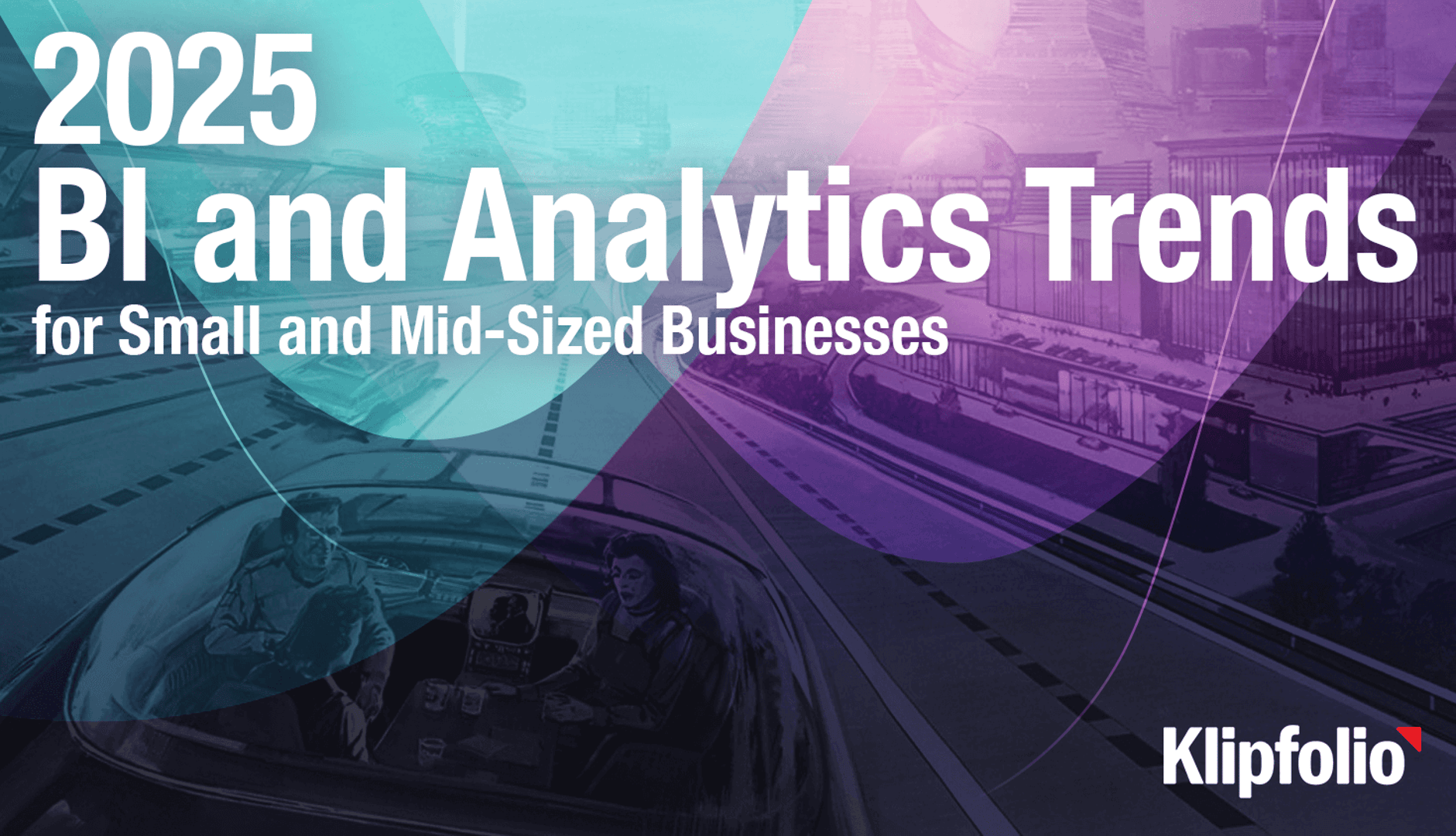Why you need to become a data storyteller

Published 2023-07-04
Summary - Becoming a data storyteller is the best way to package your data so that it is accessible, actionable and easy to understand.
The phrase “data storyteller” must, at first glance, seem like an oxymoron.
After all, the conventional wisdom goes, data is about numbers. Storytelling is about words.
What could the two possibly have in common?
Well, here’s your answer: Lots!
(Who would've thought, right?)
Data storytellers are integral for placing the value of data in a wider context and helping to interpret how your organization can apply data insights to make better decisions.
In this post we’ll examine what a data storyteller is and how they can help out your organization.
The problem with data
We’ll get to what a data storyteller is in a second. But first we need to establish why we need data storytellers in the first place.
Data has a lot of uses. It’s integral for lending an objective perspective to our decision-making, offering insights that we might not otherwise uncover and acting as a check on some of our long-held preconceived notions.
Those are the good things.
But extracting the most value out of data isn’t always easy. The problem with data is that...
- It’s hidden: Data doesn’t come to us naturally. We need to seek it out. It might be in disparate locations, stored on a few different computers or only accessible on a tool we don’t know how to use. Before we can use data we need to get it out into the open where we can see it.
- It’s complicated to understand: There is a reason why many universities offer extended degree programs in data, including Data Management and related programs. You need a specialized skill set to be able to understand data concepts at their base level.
- It isn’t actionable: When was the last time you looked at an Excel spreadsheet full of reams and reams of data, slapped your head and said “Why didn’t I think of that before!” Probably never, right? Data, absent the proper context, doesn’t give you what you need to make better decisions and take action.
So what is data storytelling, then?
Data storytelling is the process of using narrative-style tactics to bring your data out into the open where it can become easier for audiences to understand and, ultimately, take a course of action that benefits them.
So many of the problems listed above come down to one issue: A disconnect between those who collect, manage and distribute data and those tasked with using it to make key business decisions.
Frequently those who work with data the most are experts at harvesting and manipulating data.
Where they have less experience, though, is in knowing what managers, marketers and other areas of a business are looking for from their data.
On the other side, you have decision-makers who need access to data to be able to do their jobs, but who don’t know enough about how data is collected and managed to be able to extract the insights themselves.
That’s where a data storyteller comes in. They have enough data literacy to be able to understand the numbers, but enough of a storytelling and marketing bent to be able to present it to stakeholders in a way that will make the most sense to them.
It’s one of the reasons why Dr. Hal Varian, Google’s Chief Economist, said in 2009:
“The ability to take data – to be able to understand it, to process it, to extract value from it, to visualize it, to communicate it – that’s going to be a hugely important skill in the next decades.”
The 3 elements of data storytelling
The three traits necessary for effective data storytelling are unique and distinct, which is exactly what makes them so valuable.
Here are the three key elements that make a data storyteller great at what they do.
1. Knowledge about data concepts
Data storytellers don’t need to have a degree in data management to be effective. But they do need an ability to reliably extract data when necessary.
Not only that, they also need an ability to explain data concepts – enough, at least, that they can answer any questions that a management or marketing team might have for them about data was collected, any assumptions that were made in compiling it and how reliable it is.
2. An ability to tell a story
Here’s another, almost entirely separate, component of the equation: Storytelling.
For whatever reason, our brains are hardwired for stories. Providing information in a story format makes that information more memorable, persuasive and engaging.
Telling a data story might not be as compelling as the latest Hollywood blockbuster. But it’s fair to say that data, when prepared for actionable insights, follows a somewhat similar formula as traditional storytelling.
Pixar, the famous creator of children’s movies such as Toy Story, defines a story in its most simple form as:
“Once upon a time, there was _. Every day, _. One day, _. Because of that, _. Because of that, _. Until finally _.”
Similarly, a data-driven story might go something like this:
“Once upon a time, there was a company called Data Insights Incorporated. Every day, the company posted articles from its blog to Twitter at exactly 12 p.m. One day, the company decided to change the time when it posted to 9 a.m. Because of that, the number of clicks to its site increased by 37 per cent. Because of that, sales of its “Data Insights Today” e-book increased 212 per cent. Until finally, the company decided to change when it posted to Twitter every day to 9 a.m.”
It might sound simplified. But, at a basic level, that’s what the storytelling component of data storytelling is.
3. A knowledge about business needs and strategy
Here’s the third essential element of data storytelling.
You may be able to tell a story about your data, but if you can’t connect it to key business needs and strategy, it’s not going to be of much use.
That’s why a good data storyteller needs an understanding of both general and specific business concepts. General in that they can explain and understand key ideas, such as the difference between revenue and profit; specific in that they have knowledge of a company’s key performance indicators and how they measure success.
Only then can you tell the sorts of data stories that will be most relevant to your organization.
Forms of data storytelling
Data storytellers have a key role to play at nearly every level of an organization.
Here are a few of them.
Strategy
Data is a big driver of business strategy these days. And rightfully so.
But even at the strategy level, there needs to be someone who can present data in a way that makes sense.
Many managers know how to use data to make decisions. But they frequently don’t know how to gather it, access it or interpret it.
So they need a data storyteller to translate for them.
This is where data storytellers can play a major role in helping to shape strategy: By extracting data insights and then packaging them on a dashboard that makes sense to those making important strategic decisions.
Content
Data storytellers also have a role to play at the content level by helping to make data the centrepiece of content such as blog posts, videos and case studies.
By helping to package that data in the form of a story, data storytellers can can help you fashion your data so it makes the most sense to – and has the most meaning – for the audiences engaging with your brand.
Context
Sometimes you don’t need data to make a big strategic decision or for fashioning content.
You just need an answer to a question.
Maybe it’s: “Why have conversions dropped at our ecommerce store recently?” Or: “How many more people clicked through to our site from Twitter compared to last month?” Or even: “Which cities in Canada do we have the most success with using Facebook ads?”
Data storytellers have a role to play here as well.
They can delve into the data and then come up with a compelling explanation for what happened.
Conclusion
The era of the data storyteller is here.
Who is going to be the one to tell your story’s data?
Mark Brownlee is a digital marketing strategist in Ottawa, Canada.
Related Articles

2025 BI and Analytics Trends for Small and Mid-Sized Businesses
By Allan Wille, Co-Founder — December 18th, 2024
Promoting data literacy with metrichq.org and the power of AI
By Allan Wille, Co-Founder — October 12th, 2023
Let’s fix analytics so we can stop asking you for dashboards
By Cathrin Schneider — September 11th, 2023

